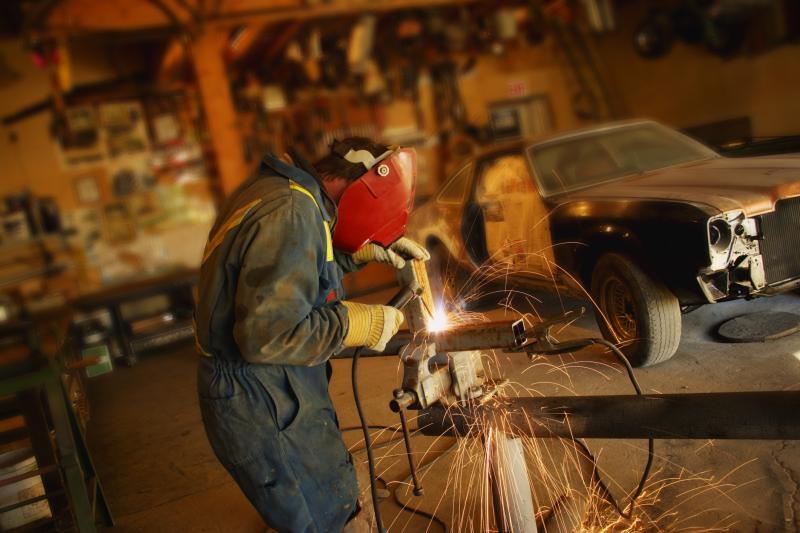
A smart, dishonest car seller can cover up signs of damage, at least until after you've paid for the car. In the Internet age, you don't have to trust the seller's word that the car has been well-cared for. With a little research, you can look up the car's history for yourself.
All cars made since 1981 have a vehicle identification number. The VIN distinguishes each car from all others. If you want to check the car's history, find and record the 17-digit VIN. The most common locations for the metal VIN strip are the driver-side doorjamb, beneath the windshield or on the firewall in the engine bay.
Several websites provide vehicle history reports for a few dollars. The federal National Motor Vehicle Title Identification System provides links to more than half-dozen approved search services. Choose a service, enter the VIN, pay the fee and you get back the details of the car's repair history, mileage records and accident reports. The report also should alert you if a car has been covered by a manufacturer's recall or a state lemon law.
A branded title identifies the car as having sustained major damage. In New York, for example, if the car has been rebuilt for more than 75 percent of its value, state law requires the owner disclose the damage to the Department of Motor Vehicles. The title certificate is marked -- branded -- to show the car is a salvage vehicle. This alerts you that your car has suffered a serious accident. Not all states use branded titles, however, or apply the same standard for when a title needs branding.
The car's VIN history may not go into detail about how bad the damage or the accident was. If you really like the car, getting a mechanic's opinion may be worthwhile. A mechanic you trust can go over the car thoroughly and see if it shows any lingering damage from the accident. A good mechanic also can look at the repairs and see how well the car came back from the accident.